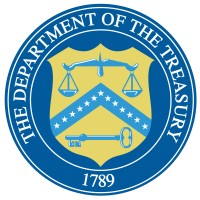
Secretaría de Educación Pública
MISIÓN/PROPÓSITO: La SEP tiene como propósito esencial crear condiciones que permitan asegurar el acceso de todas las mexicanas y mexicanos a una educación de calidad, en el nivel y modalidad que la requieran y en el lugar donde la demanden. VISIÓN: En el año 2025, México cuenta con un sistema educativo amplio, articulado y diversificado, que ofrece educación para el desarrollo humano integral de su población. El sistema es reconocido nacional e internacionalmente por su calidad y constituye el eje básico del desarrollo cultural, científico, tecnológico, económico y social de la Nación.






